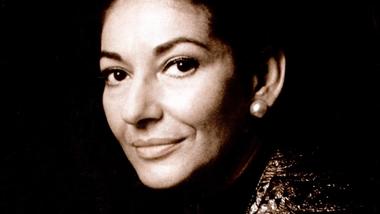
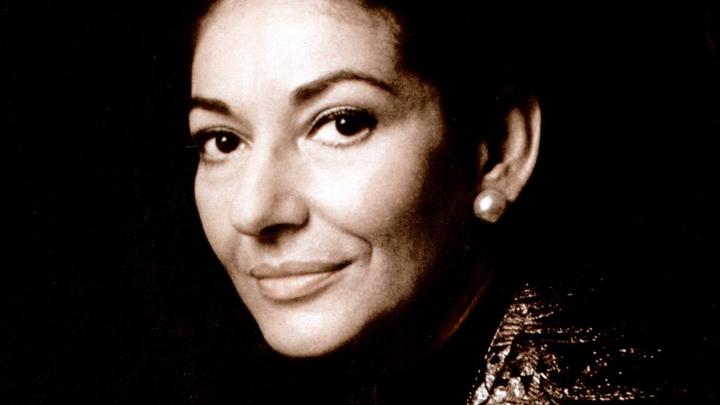
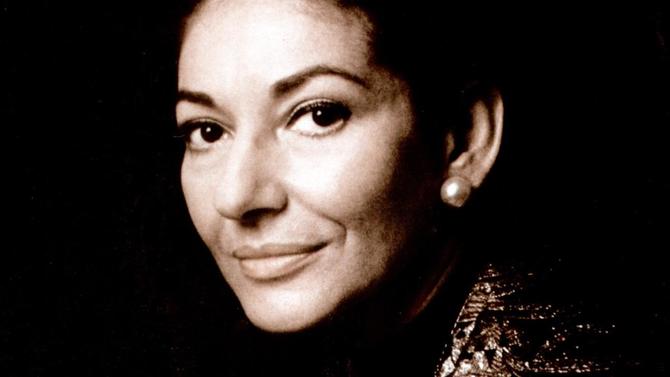
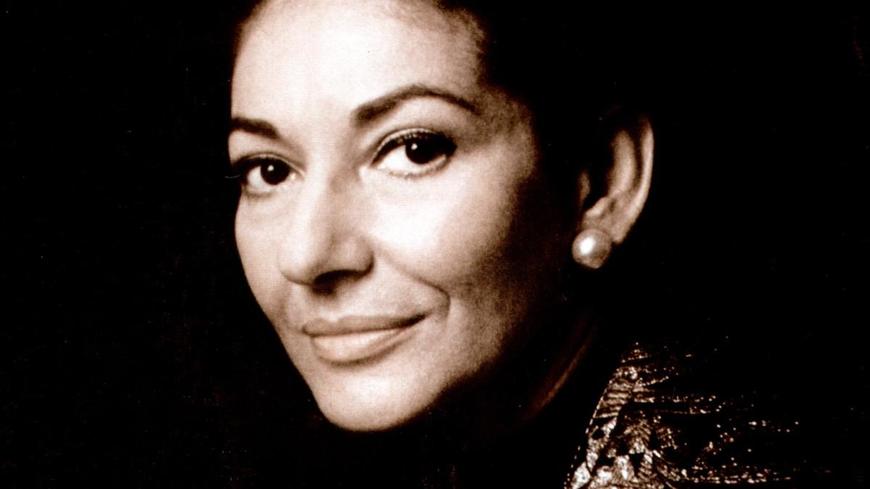
There she stands on the stage: a slender airy-fairy woman vested in a beautiful long dress and a draping covering her tender shoulders. Her breast going up and down, she performs one of her most remarkable opera parties: Casta Diva from Bellini’s “Norma”. She seems to sense her heroine’s feelings so well that she almost interfuses with her: there are not only divine vocals but also eloquent body language sirenizing and captivating the listeners. A charming tender woman engrossing the audience’s attention and winning a whirlwind of applause… This is Maria Callas, the most illustrious opera singer of the twentieth century whose life and a career marked with dramatism have become a bright glaring flash in the history of opera music.
The phenomenon of Maria Callas has been discussed since the beginning of her “big” career and up to nowadays, that is almost three decades after her demise. The reputation and diva status she had once won remain unchanged and still captivate the attention of critics and opera enthusiasts all over the world. Both in her lifetime and after her death she could be either adored or criticized and hated. However, she left nobody cold.
Having become a legend pro vita, Callas had some power over the hearts of people. Whatever she touched, glared with a kind of new unexpected light. Her fresh take of operatic scores opened as-yet unknown magic in them. Callas managed to give about 600 performances in 18 years, each of them followed by numerous curtain calls and a hurricane of “bravos” (Rowe, 2010). Her adherents gave her a simple and strong nickname – La Divina (which means divine). Her soprano and singing techniques were as vibrant and dramatic as her life was, and her reputation is veiled in some mystery and magic. Naturally, this firm and glorious reputation didn’t come from anywhere at once. Let us gain a glimpse into Maria Callas’ life and career and see what has had an impact on her rise as the Primadonna.
From Downsides to Fascinating Individuality
Sometimes parents devote themselves to their children trying to compensate for what they have failed to do themselves and doing their best to make their wishes and dreams become true for their children. This is exactly what happened to Maria Callas in her childhood. The family of Greek immigrants lived in New York when the future star was born in 1923. When Maria was 14, her mother - led by the aspiration to make a singer out of her younger daughter – took her back to the homeland where Maria entered the Conservatorium in Athens. She debuted in the Royal Opera at the age of 16 and, in the course of time, her success and glory in the homeland pushed her forward to the international horizons, famous opera house directors and conductors wanting to have her in their performances.
At the Conservatorium, Maria’s second teacher was the legendary Elvira de Hidalgo who contributed much to the development of her chest voice and bel canto technique. De Hidalgo later recalled Callas’ voice at the beginning of the tuition as tempestuous and uncontrollable but dramatic and emotional (Petsalis-Diomidis, 2001). Years on, critics spoke of her voice of a flawed one which goes against the conventional image of a perfect operatic vocal. Some of them didn’t like intense vibrations in the higher registers; others criticized its middle registers saying they were forced and uneven. Anyway, Callas had an immediately recognizable and peculiar voice that has probably become one of the key ingredients of her diva reputation (Schwarzkopf, 1982). The secret probably lies in the fact that Maria had managed to turn her flaws into spectacular peculiarities. Though unconventional and specific, her soprano was powerful and alluring.
Attached file: Maria Callas.doc
Click download to get access to a full version of the paper
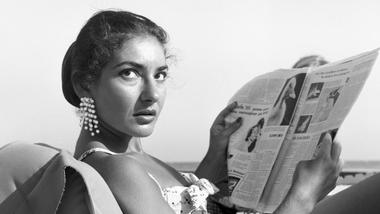
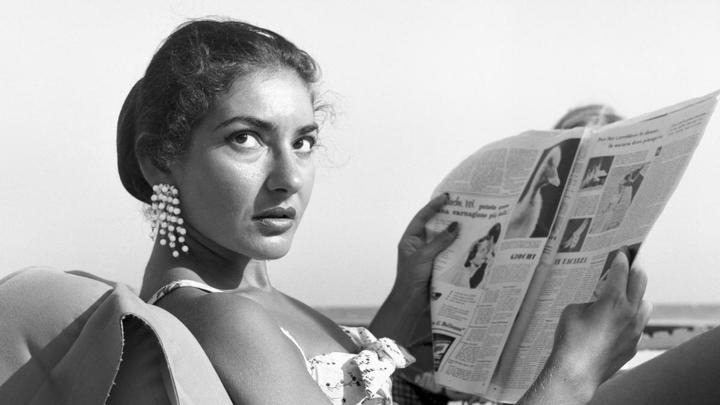
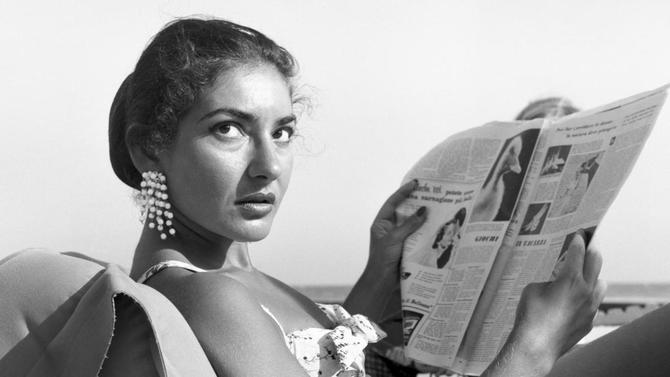
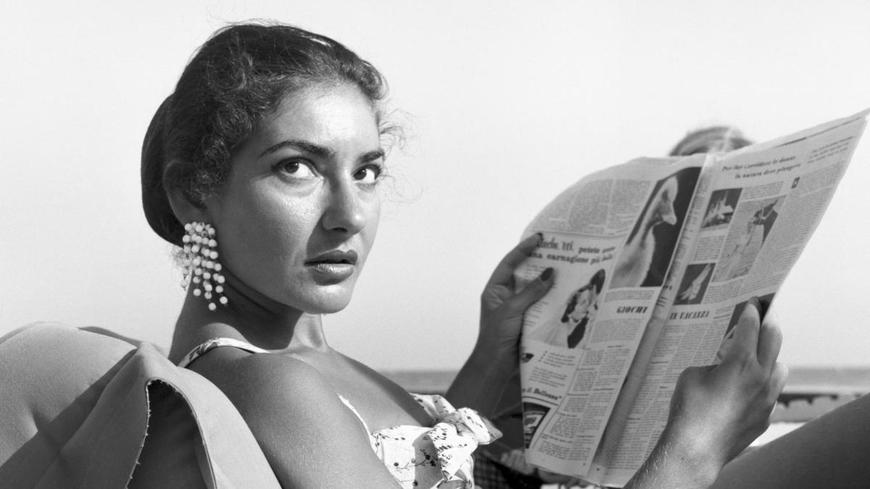
Versatility
It would be reasonable to suppose that the versatility of Maria’s repertoire was one of the factors that made here internationally known and adored. She wouldn’t stop in front of difficulties and some new depths of her abilities to be discovered. Admired by her mentor Tullio Serafin, she worked tirelessly and persistently expanding her repertoire. As a result, it is wide enough to range from classic operatic things and bel canto operas of Bellini and Rossini to Wagner and Verdi. No doubt, a wide array of operas that were within her power has played a significant role in the formation of her diva status as she could win the hearts of the varicolored audience.
Drama Queen
Just look how expressive and alive the characters Callas embodies on the stage are. The dramatic effect she produced on the spectators was truly immense with her nearly fusing with the heroines. There is no doubt that mere beautiful voice is not enough for an opera performance to win the affection of the audience. Success requires convincing acting, dramatism and powerful charisma. One could say for sure that Callas possessed all these qualities. She told in one of her interviews that at the time she met Tullio Serafin, she was experiencing difficulties in elaborating on gestures and acting on the stage. Maria told that she always followed this rule while working on the roles, and it is obvious that people appreciated her approach. Whether Norma in Bellini’s opera or Medea in Cherubini’s performance, she appeared to be living and suffering through the destinies of the characters. There she was, the real Norma in flesh, her face being expressive and alive and gestures unaffected and natural. Thus, both critics and admirers agreed upon the fact that she had an immense dramatic talent that burst open when she was on the stage. Again, she talked about the understanding of being a prima donna in one of her interview: being the first woman, she said. How true it is. She managed to become a real prima donna captivating and holding attention on herself with the help of her dramatic talent and specific but yet unforgettable voice.
Not Only a Singer but a Suffering Woman
While talking about the image that has formed in the perception of the society, one shouldn’t fail to recall her personal and family life as a catalyst of her talent growth and becoming a truly dramatic opera diva. Marriage with Giovanni Battista Meneghini and a love affair with a shipping magnate Aristotle Onassis probably reflected her search for the simple woman’s happiness. She was ready to abandon her career and leave the stage for the sake of Onassis but eventually was betrayed. When offered a part of Medea (a character so akin to her who suffered through similar miseries), she gave vent to all her pain of the forlorn love. And that was a huge success. Combined with her obsessive depression, self-criticism and sour relations with her mother, this gave an air of tragedy and romanticism to her image.
Callas vs. Caballé
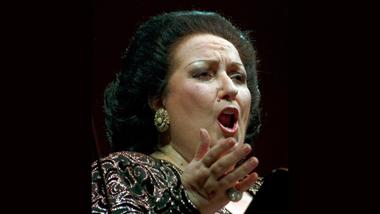
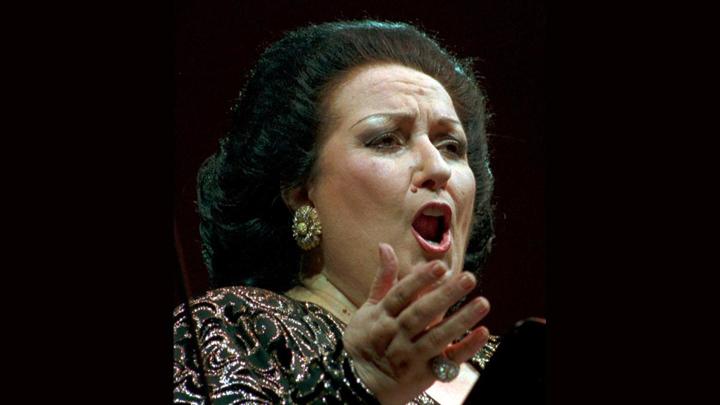
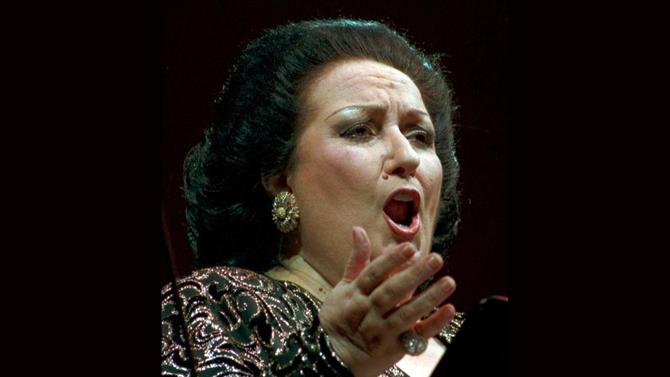
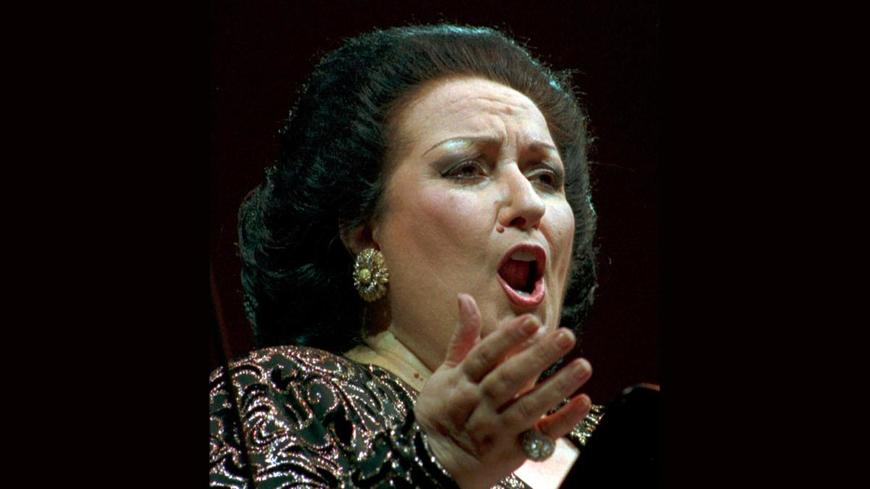
Trying to understand what was special about Callas’ reputation, one could try to compare her to another prominent operatic singer Montserrat Caballé. The Spanish opera dive possessing soft and fascinating soprano, Caballé made her much later than Callas, in 1965, and that happened by good fortune as she had happened to substitute Marilyn Horne in Lucrezia Borgia. Her career is abundant in various parts and cooperation with pop and rock musicians including Bruce Dickinson and Freddy Mercury. Caballé has always sought to popularize opera music, and that made her loved by a wider audience. In general, looking at her biography and career, one could see a kind of Cinderella story (of course, that is intended by no means to state that she is talentless because her talent is rather significant). But Callas was no Cinderella. Whereas Caballé’s vocal abilities happened to be universally admired, Maria’s voice was controversial. She was either criticized or admired. Moreover, she had to overcome all the skepticism concerning her “great ugly voice” as Serafin called it. Even when on the top of popularity, she remained self-critical and hard-working. It seems as her whole career and life were devoted to self-fulfillment and perfection.
Conclusion
When people say that reputation often precedes the person, they are absolutely right. In the case of Maria Callas, the reputation of a dramatic opera diva gained with talent, hard work and perfection served her well. In 1973, at the time of her career’s postlude, she gave several performances. After her voice’s decline, that was probably not the same La Divina people were used to see and hear. Of course, it wasn’t the same powerful performance as in her gold days, but – nevertheless – she was heaped by applause and admirations. Probably, all that was addressed more to the legendary singer of the ’50s than to the diva of the ’70s. But this was rather telling as the legend remained in the hearts of listeners even when Callas finished her career.
Her diva reputation was certainly a mixture of several factors. An unquestionable talent was spiced by the attractive “flaws” in her voice and thus controversial perception of the audience. The dramatic ingredient was represented with her personal life misfortunes that formed an image of a classic romantic heroine. There were no deliberately promoted myths about her: she came before people as she was: real. Moreover, she was no classic beauty: in her early years, she was rather well-rounded until she lost 30 kilos in several months. Maybe this nearly magical transformation also added to her image of the divine woman and singer.
Her ultimate ability to fuse with her characters made people associate her with romantic characters she brilliantly played adding a magical air to her personality. A tender emotional woman with unusual but charming and unforgettable vocals, she was an exception to many conventional perceptions: not a traditional beauty, but an incredibly charismatic; not a conventional soprano, but a captivating and peculiar opera singer who has won the significant place among the greatest operatic singers in history.